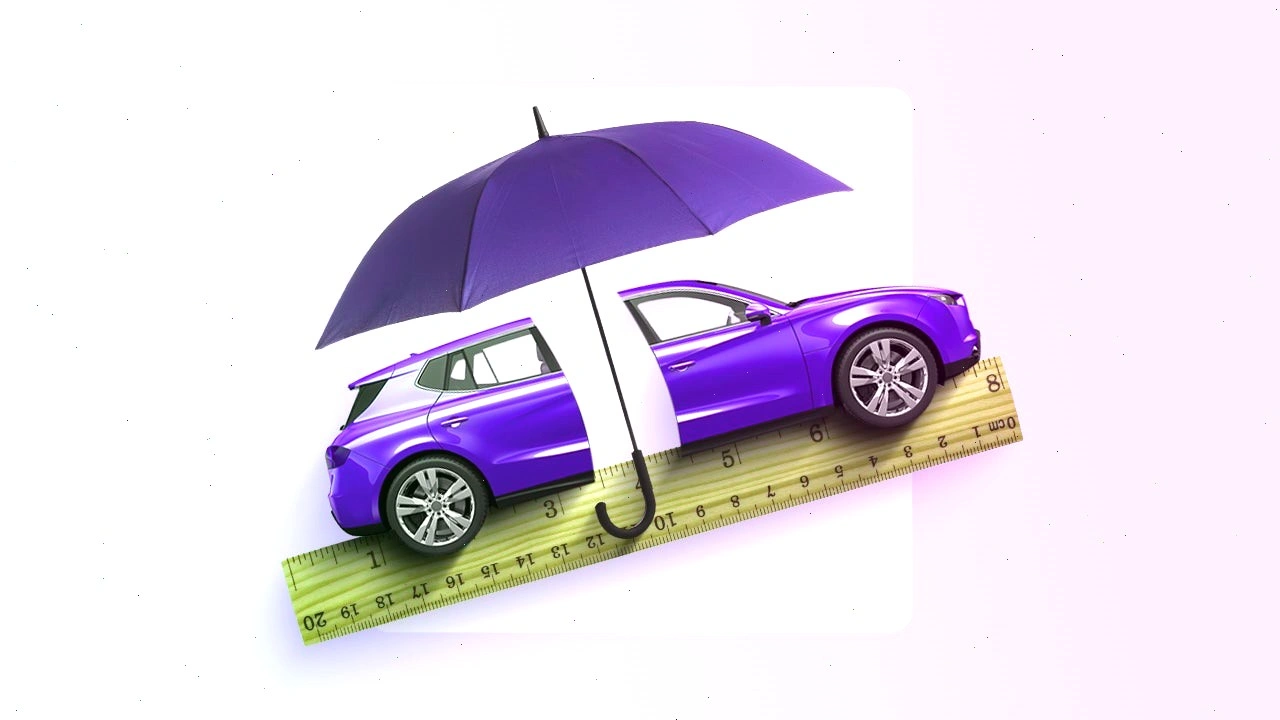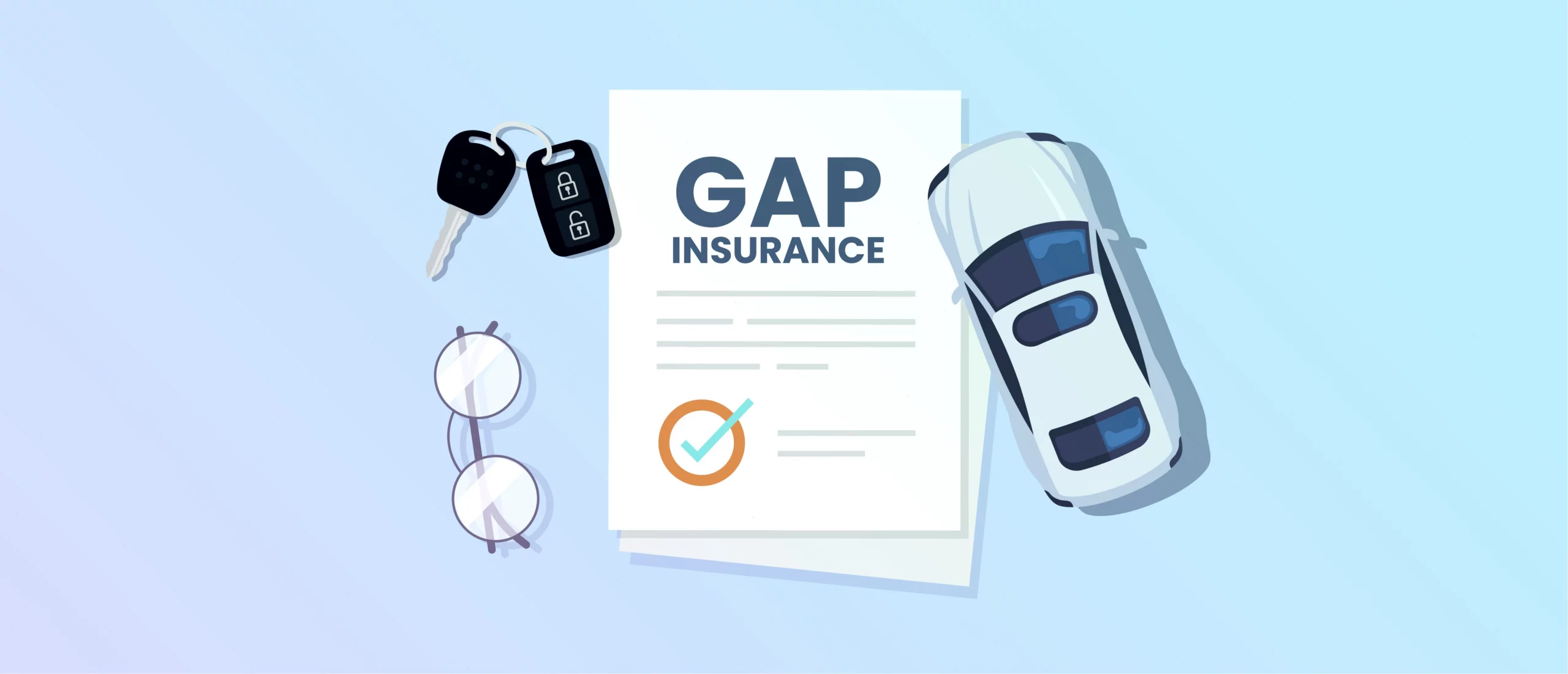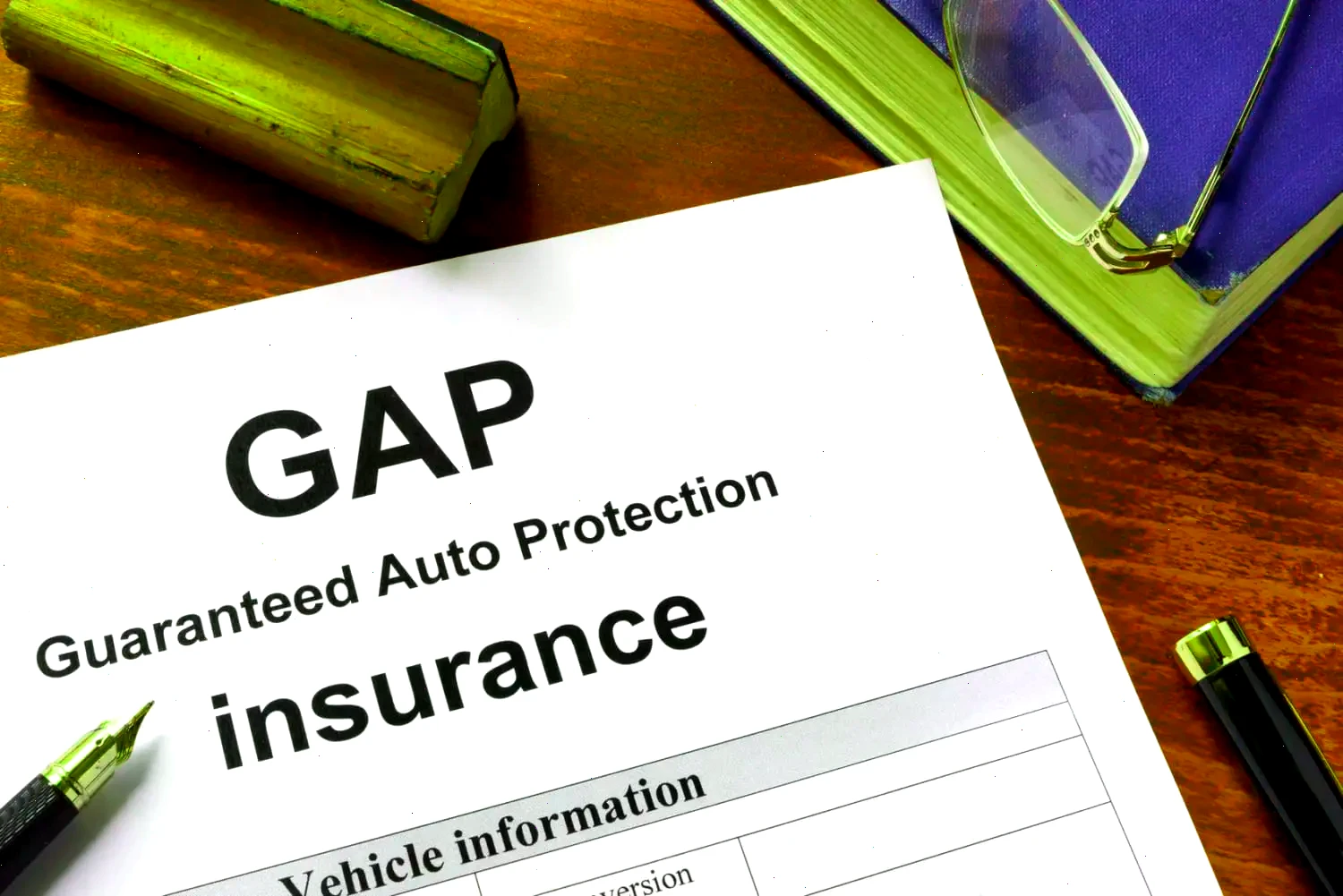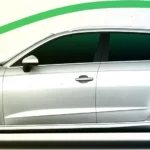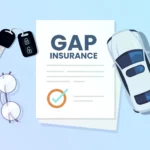You’re sitting at the dealership, finalizing your new car deal, and then it happens — the finance manager offers you GAP insurance. They say it’s essential, even mandatory. But is it really? Or is dealer GAP insurance just another overpriced add-on designed to pad their profits?
Let’s separate fact from fear. In this article, we’ll dive into what dealer GAP insurance really is, how much it costs, and whether it’s a smart purchase — or something you should walk away from.
What Is Dealer GAP Insurance?
GAP (Guaranteed Asset Protection) insurance covers the difference between what your car is worth (actual cash value) and what you still owe on your loan or lease if the vehicle is stolen or totaled. This protection can save you thousands — but only if it’s fairly priced.
Dealer GAP insurance is simply GAP coverage sold through the dealership, usually at the time of purchase or lease. While the coverage itself may be valid, the issue lies in the pricing and transparency.
Why Some People Call Dealer GAP Insurance a “Scam”
1. Marked-Up Pricing
Dealerships often charge $500 to $1,000 for GAP insurance — sometimes even more. That’s significantly higher than what major insurers charge, which is typically $20 to $40 per year.
2. Pressure Tactics
Finance managers may claim that GAP insurance is mandatory or strongly recommend it in ways that feel aggressive. In reality, you’re almost never required to buy it from the dealership.
3. Bundled into Your Loan
Dealers often roll GAP insurance into your car loan without fully explaining it. That means you’re paying interest on the coverage over the life of the loan — inflating the true cost.
4. Limited Refunds
If you sell or refinance your car, canceling dealer-provided GAP insurance and getting a refund can be complicated or delayed.
Is Dealer GAP Insurance Always Bad?
Not necessarily. If the price is competitive and the terms are clear, dealer GAP coverage can still offer valuable protection — especially if your regular auto insurer doesn’t offer it. However, it’s important to compare options before signing anything.
How to Tell If You’re Overpaying for Dealer GAP Insurance
- Was it automatically added to your loan without clear explanation?
- Are you paying more than $400–$500?
- Are you being told it’s “required” when it’s not?
- Have you checked if your own insurer offers it cheaper?
Better Alternatives to Dealer GAP Insurance
Before agreeing to GAP coverage at the dealership, consider these alternatives:
- Your auto insurance provider — Many offer GAP as an affordable add-on.
- Standalone GAP providers — Available online at competitive rates.
- Credit unions or banks — Some lenders include GAP for free or offer it at low cost.
Dealer GAP vs Insurer GAP: Side-by-Side Comparison
| Feature | Dealer GAP Insurance | Insurer GAP Insurance |
|---|---|---|
| Typical Cost | $500–$1,000 (one-time fee, often financed) | $20–$40 per year (added to policy) |
| Payment Method | Upfront or rolled into auto loan | Monthly or annual insurance bill |
| Refund Options | May be limited or delayed | Usually prorated and straightforward |
| Cancellation Process | May require paperwork from dealership or lender | Can often cancel via insurance app or call |
| Transparency | Often bundled or poorly explained | Usually clearly itemized and documented |
| Best For | Buyers without access to GAP through their insurer | Drivers who want affordability and flexibility |
Final Thoughts
Dealer GAP insurance isn’t always a scam — but it’s often overpriced and unnecessary if better options are available. Before you sign, compare quotes, ask questions, and don’t be afraid to say no. Protect your finances by making an informed choice, not a pressured one.
In the end, GAP coverage is a good idea — just make sure you’re not getting taken for a ride.

